House of the Dragon’s horrible history: How the Anarchy inspired George RR Martin
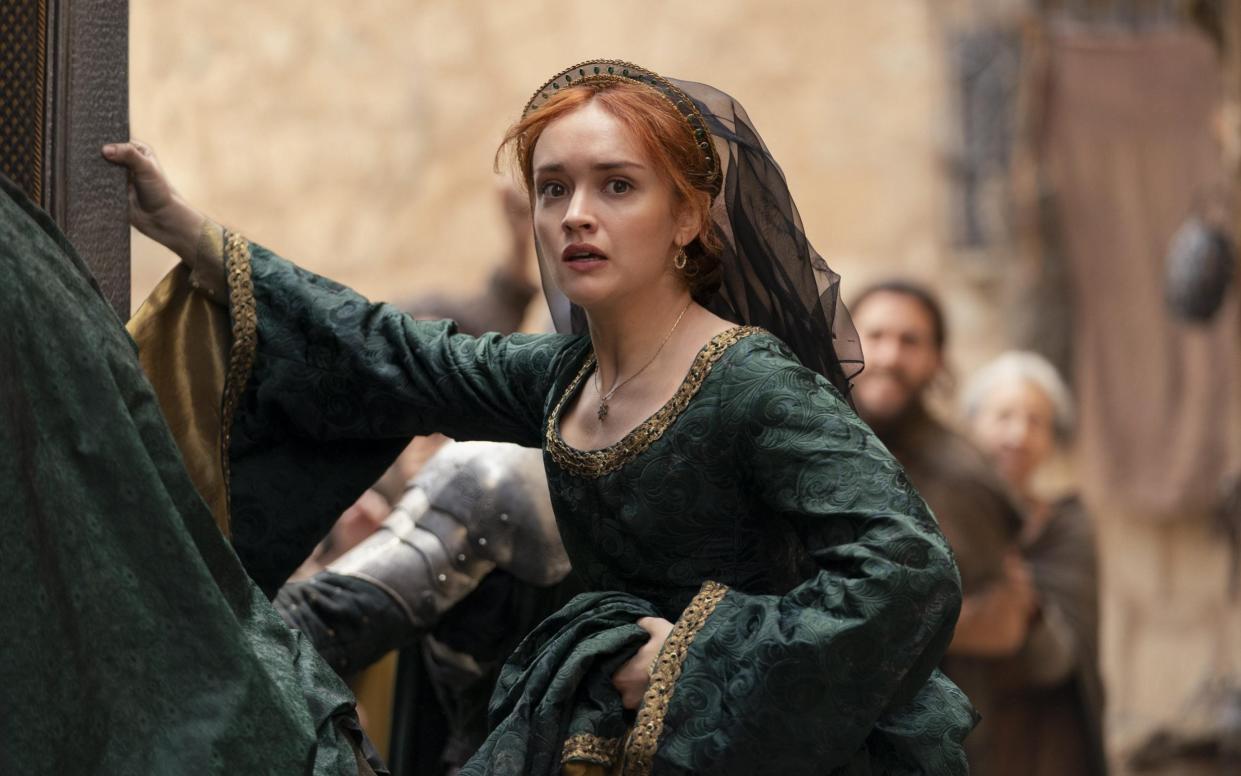
‘No matter how much I make up,” the Game of Thrones author George R R Martin has said, “there’s stuff in history that’s just as bad, or worse.”
What could possibly be worse than a 500ft-long, fire-breathing reptile? Historical authenticity might seem in short supply when watching HBO’s House of the Dragon, the Thrones spinoff whose second season lands on Monday. It follows the internecine conflict that befalls the Targaryen dynasty of dragon-lords. Besides its scaly steeds, the show is unrepentantly gory. Its very first episode treated viewers to graphic depictions of an axe to the face, a crude (and fatal) caesarean, and copious severed organs and limbs.
Yet Martin’s worldbuilding reveals his inspiration. Game of Thrones drew on England’s Wars of the Roses, the 15th-century civil war, where the rivalry between its fictional families of Lannister and Stark echoed those of Lancaster and York. There was the apparent murder of the Stark children Bran and Rickon – a nod to the deaths of the “Princes in the Tower” in 1483. To the north of Martin’s Westeros is “The Wall”, protecting the kingdom against hordes of ice zombies – like a larger, frostier version of Hadrian’s Wall.
House of the Dragon continues this flirtation with historicity. Set two centuries before Game of Thrones, it unpicks an inheritance crisis following the death of old King Viserys I. The designated heir is Viserys’s daughter, Rhaenyra, whose mother died trying to give birth to a male heir. But Viserys also leaves three sons by his second wife. When Rhaenyra’s inheritance is not recognised by the lords of the land, the country descends into a bloody civil war.
The chaos that follows would have been all too familiar to our medieval ancestors, for House of the Dragon, by Martin’s own admission, is based on the dramatic history of 12th-century England. Like King Viserys, King Henry I – despite fathering the greatest number of illegitimate children of any British monarch (estimates say up to 25) – faced a succession crisis.
His peaceful, prosperous reign was shattered in 1120, when his only legitimate son, William Adelin, perished in the “White Ship disaster”. This shipwreck was the Titanic of the medieval age, where the cream of England’s aristocratic youth drowned in the English Channel, dragged down to their watery graves by thick furs and velvet.
Following this tragedy, Henry’s only remaining legitimate child was a daughter, Matilda. Like her House of the Dragon equivalent, Rhaenyra, Matilda was capable. While still a child, she was betrothed to the Holy Roman Emperor. As a teenage empress, she ruled Italy on his behalf. Despite her experience, the idea of a female monarch sat at odds with England’s ruling class, who were reluctant in their support. After Henry’s death in 1135, Matilda was pitted against several rivals.
Perhaps discord was inevitable. The royal inheritance procedure – or lack of – created fertile ground for panic. Until 1272, the crown was not strictly hereditary. No mechanism existed to ensure the automatic transfer of power from one king on his death to the heir. Instead, the country was in limbo until someone – children, cousins, advisers – seized the throne, whether via invasion, assassination, or a quick gallop to the Treasury.
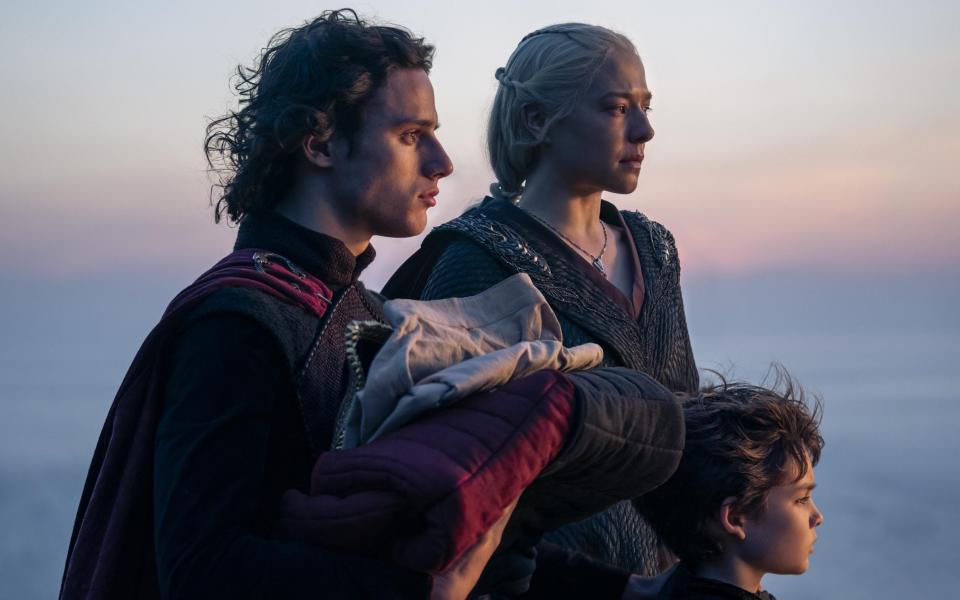
After the death of Henry I, it was Matilda’s cousin, Stephen of Blois, who came up trumps. He seized the crown, and reigned from 1135 to 1154 – though he never truly ruled. So dogged was Matilda in asserting her claim, Stephen was constantly undermined. The result? His royal authority was patchy at best, and in some areas of the country totally absent. Whilst Stephen clung to the south-east, Matilda controlled the south-west, and unruly barons took the rest. They “rushed like raving wolves to the prey,” the chronicler Orderic Vitalis wrote, “and greedily entered on a course of the most infamous devastations”. Stephen’s reign later became known as the “Cousins’ War”, or “The Anarchy”.
With the absence of authority, power vacuums emerged. Sieges, skirmishes, raids and prisoner exchanges become part and parcel of daily life. The words of W B Yeats, written centuries later in his poem The Second Coming, spring to mind: “Things fall apart; the centre cannot hold; / Mere anarchy is loosed upon the world.”
Contemporaries documented a barbaric breakdown in law and morality. Orderic Vitalis recorded how men would “abandon themselves to robbery and pillage, they butcher one another, make prisoners, and bind them in fetters; burn houses and all that is in them, not even sparing monks, or respecting women”. Henry of Huntingdon detailed the atrocities of the Scots, who took advantage of the chaos and invaded the north of England: “They ripped open pregnant women,” he despaired, “tossed children on the points of their spears, butchered priests at the altars.”
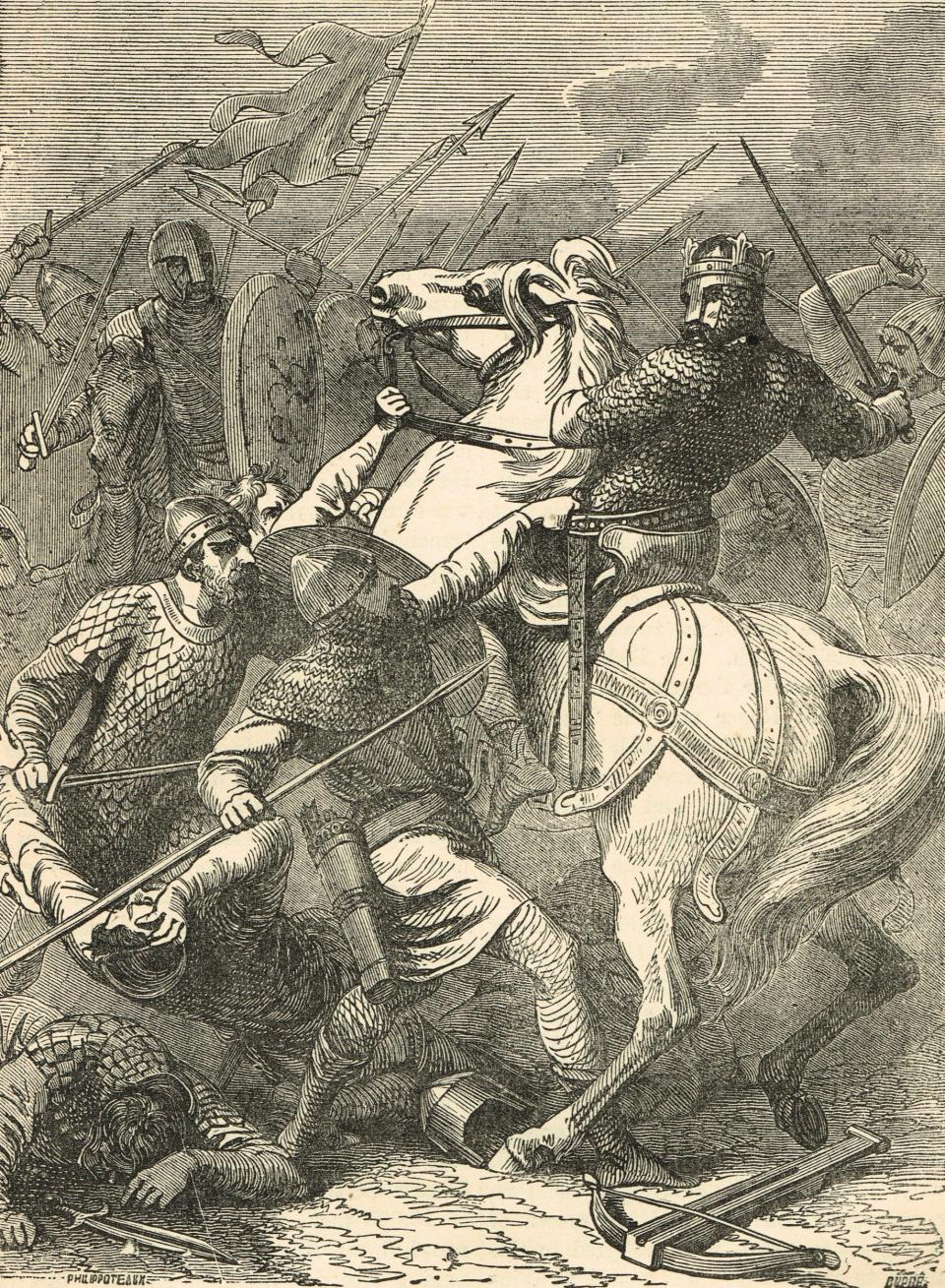
Such grisly scenes were matched by the Anarchy’s own cast of rotten-to-the-core baddies. One villain was the mercenary Robert FitzHubert, “a cruel and savage man” according to a contemporary, known to “boast gratuitously that he had been present when eighty monks were burnt together with their church”. With Nero-esque perversion, he made sport of torturing prisoners. They were left naked in the blazing sun and smeared in honey, to endure swarms of flies, insect bites and excruciating dehydration.
The annals of the Anglo-Saxon Chronicle lamented that “every man might rob another”. Even bishops swapped cassocks for armour, abandoning their flocks to seize their share of the spoils.
As church doors slammed shut, ordinary people faced desolation. Crops were requisitioned, stolen or destroyed, and homes burnt. Men were forced to fight and die in conflicts they barely understood. Women and girls were vulnerable to unpaid mercenaries who roamed the land, raping and pillaging at random. Some people began to build their homes in defensive blocs around churches. Others upped sticks and started a new life overseas. With these structures uprooted, bad harvests led to famine. Survivors resorted to scavenging bitter herbs and roots, or eating their own horses and dogs. “Wheresoever men tilled,” one chronicler bemoaned, “the earth bare no corn, for the land was all ruined by such deeds; and they said openly that Christ and his saints were asleep.”
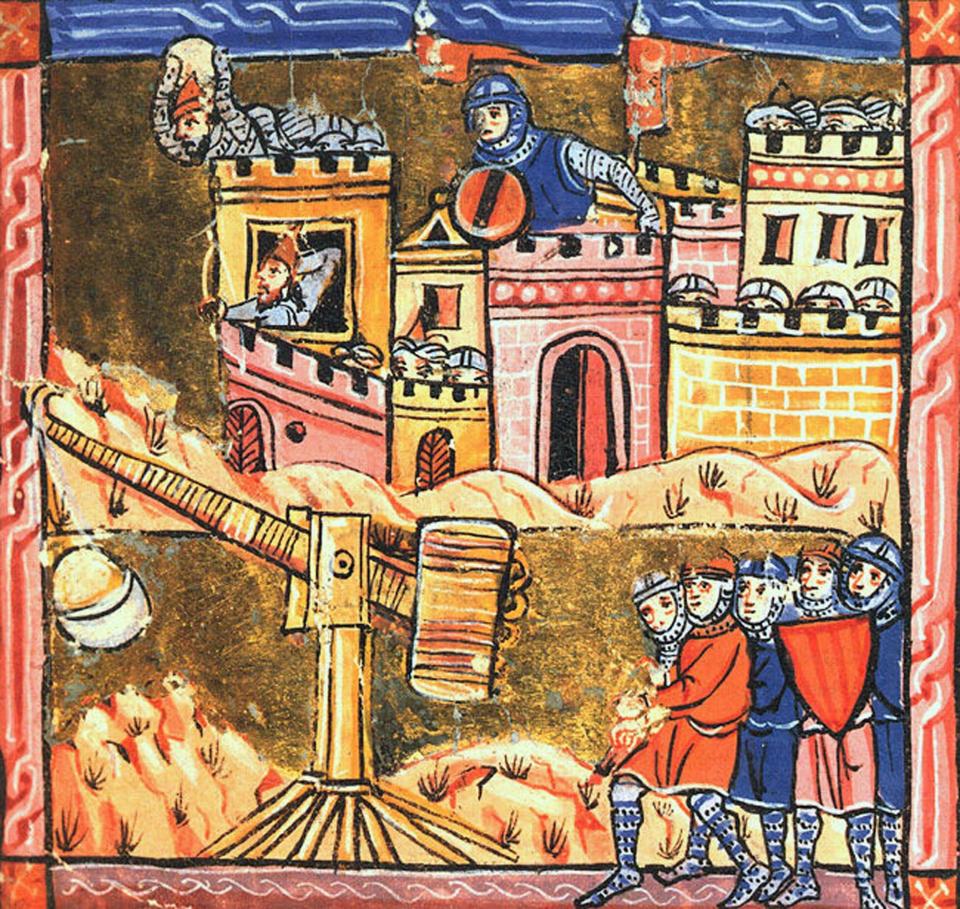
All of this sounds awful, even by medieval standards. But was this conflict – which raged for almost two decades, until Stephen recognised Matilda’s son Henry as his heir in exchange for peace – really a total, top to bottom, breakdown of all law and order? The term “the Anarchy” was coined centuries later by the Victorians, and most modern historians question it.
Though 12th-century chroniclers provide crucial insights into the past, they are awash with exaggeration, error, and conclusions fired up by moral outrage. Any account must be taken with a healthy pinch of salt – or treated as outright propaganda. One text, by a monk known as William of Malmesbury, was commissioned by a key player in the game: Robert, Earl of Gloucester, the half-brother of Empress Matilda. Another, Gesta Stephani (“The Deeds of Stephen”), begins pro-Stephen, but dramatically changes tune when fortunes alter. But can you blame them – those chroniclers, after years of shivering in a monastic scriptorium – for adding a bit of spice? I think of them as the tabloid headline writers of their day (“Plague Devastates – Is Christ Asleep?!”).
It is the unenviable task of a medievalist to interrogate these writings – after which, a more nuanced picture emerges. Though there was violence, many barons detested the disarray, desperate for a return to law and order. We learn that Matilda – though restricted by her sex – wasn’t necessarily deserving of the crown, making foolish mistakes. And if the term “anarchy” is to be used at all, it is more a reflection of King Stephen’s lack of authority than bloodshed. The threats he faced were relentless: from Matilda in England, her husband Geoffrey in Normandy, King David of Scotland in the north, and everywhere, always, rebel barons. According to the chronicler William of Newburgh, “In England there were in a sense as many kings, or rather tyrants, as there were lords of castles.”
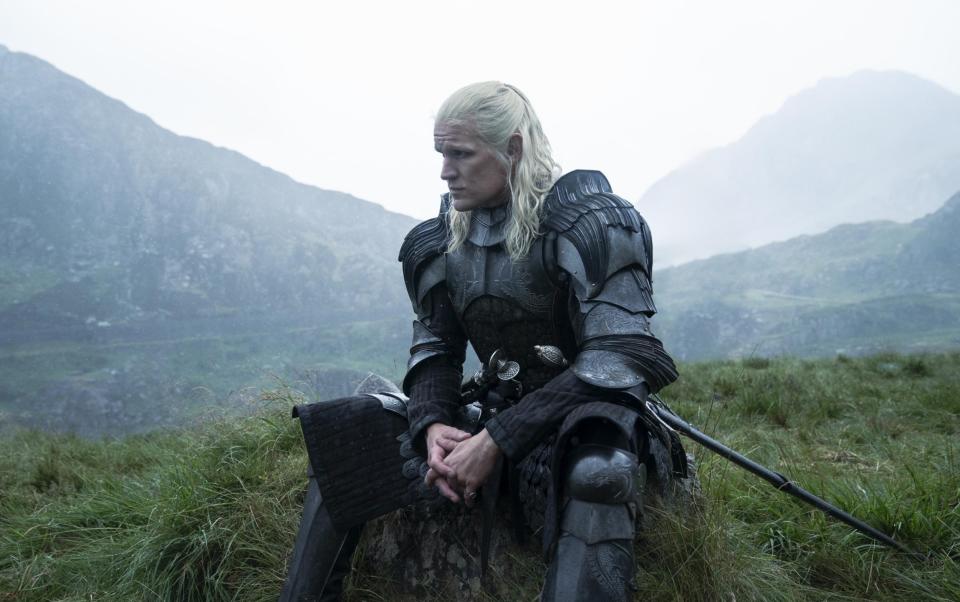
In defiance of royal authority, “each minted his own coinage, and each, like a king, had the power to lay down the law for his subjects”. Soon, coins bearing not Stephen’s image, but the emblem of a local baron were jingling in pouches. How would this fare today, I wonder, if MPs and parish councillors eschewed Westminster, only to establish their own power centres, their own dynasties?
Along with the use of newly minted coins, the landscape bristled with “towers of hewn limestone”, castellated walls and deep moats. Castle-building mania erupted, with some contemporary accounts putting the number at more than 1,000. “They oppressed greatly the wretched men of the land with the making of castles,” the Anglo-Saxon Chronicle reported, “when the castles were made, they filled them with devils and evil men.” Often, ancient places of power – Roman amphitheatres, or Iron Age hillforts – were the designated sites, where towers of earth and timber marked their next chapter. Many of these – in true anarchical fashion – were destroyed months later. All that stand today are grassy mounds, the eerie ghosts of that dramatic, bygone age.
It’s no surprise that England’s early-medieval past – with invasion, shipwrecks, castles, famine – has provided a rich hellscape to inspire writers today. But they may struggle to concoct anything to rival the devilish plots and characters of history and its history-writers. Martin is right – the past often proves stranger than fantasy. No CGI dragon, however awesomely rendered, will change that.
Eighteen: A History of Britain in 18 Young Lives by Alice Loxton (Macmillan, £22) is published on August 15; House of the Dragon Season 2 begins on Sky Atlantic and Now on Monday

 Yahoo News
Yahoo News 
